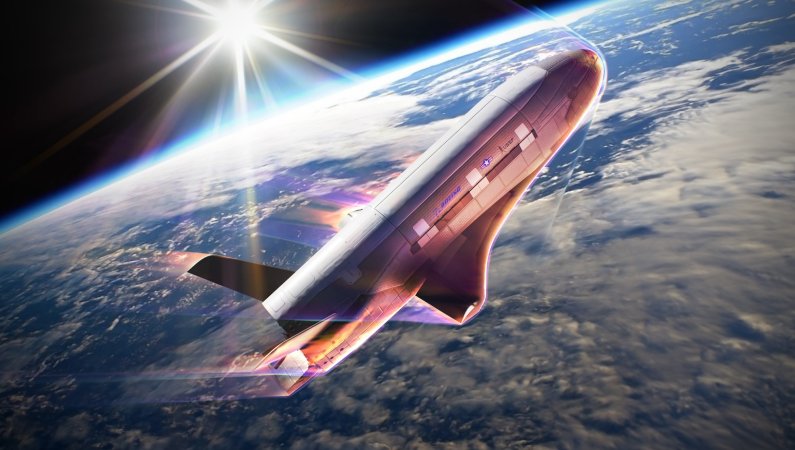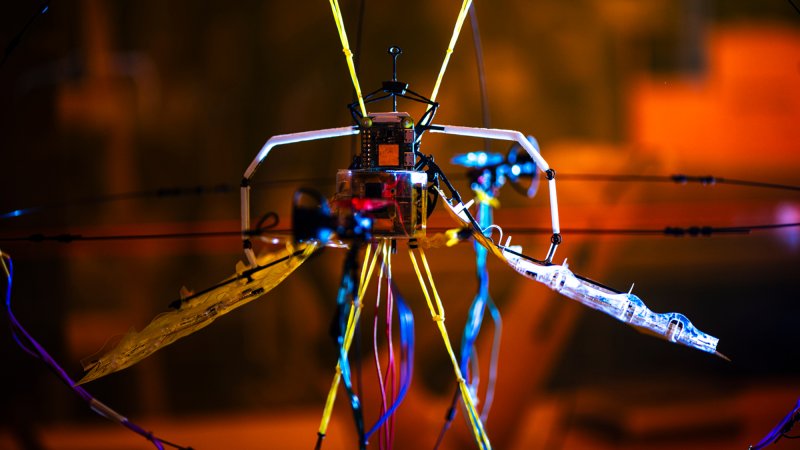Aviation
The high-flying world of airliners, air taxis, fighter jets, tankers, large drones, and whatever else whisks us through the skies.
Explore Aviation
Latest in Aviation
Get the Popular Science newsletter
Breakthroughs, discoveries, and DIY tips sent every weekday.
By signing up you agree to our Terms of Service and Privacy Policy.



















